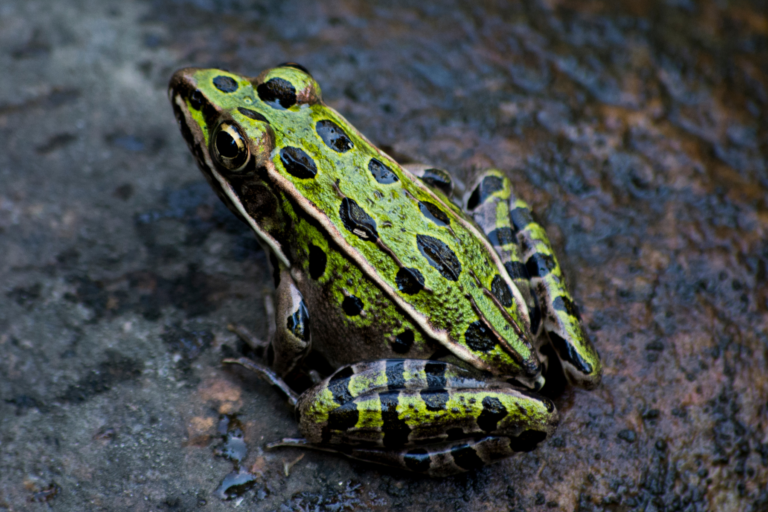Feline Facts: Fun Facts About Cats
Last Updated on October 7, 2023 by Shu
Do you have a house cat? And how many feline facts do you know about your furry friend? They’re fun to be with and are low-maintenance pets. They’re also great for chasing house pests like rats and insects.
Unlike feral cats, pet cats are more than just companions (even President Abraham Lincoln was a cat person ). They are fierce creatures with superb physiological features. No wonder they are some of the most significant and superior animals roaming on Earth.

Now’s your chance to get closer to your favorite pet. Get to know your feline friend more by learning different perspectives about cats.
Feline Facts: 15 Interesting Facts About Cats
1. Cats can’t recognize sweetness.
Cats are not sensitive to sweet food because they have fewer receptors responsible for detecting sweetness. Many of their taste buds are great for recognizing meaty flavors.
2. They spend 70% of their lifespan sleeping.

Don’t be surprised when you see your feline friend sleeping in a corner. Cats sleep a lot to preserve their energy for physical activities like climbing, jumping, and hunting. They spend 12 to 16 hours of sleep every day, which takes up 70% of their lives sleeping.
3. Some adult cats have more than 18 toes.
Most cats have five toes on every front paw and four on each back paw. However, some are polydactyl cats or felines with a genetic condition causing them to have more than 18 toes.
4. Cats like grooming each other.
Allogrooming or grooming each other is common among cats. They don’t only lick each other to clean their bodies, but they also show their connection and affection toward each other.
5. A cat’s tail becomes fluffier when in danger.
Animals communicate with their tails, and when a cat feels endangered, it sends a warning by vibrating its tail. It also makes its tail puffier to make itself bigger and more intimidating. So, next time you see your tabby with a fluffy tail, be wary.
6. House cats are 95.6% genetically identical to tigers.

A house cat may look cute and meek, but it is actually 95.6 % genetically identical to the tigers you see in the wilderness. It’s not surprising since domestic and wild cats are members of the Felidae family, thus, sharing some physical and behavioral traits.
7. Most people are allergic to a cat’s urine and saliva, not its fur.
Don’t blame the feline’s fur for your cat allergies because you might actually be sensitive to the protein found in a cat’s urine markings and saliva. This allergen often gets transferred to the cat’s furry body after grooming itself.
8. A cat’s whiskers serve as its built-in navigator and sensor.
Do you know that a cat’s whiskers have super sensitive nerves that help detect everything in its environment? Even if cats are blind, they can still sense the distance and space in their surroundings because of their whiskers.
9. A cat greets you by rubbing its head against your leg.
Cats are not as showy as dogs, but they can also be affectionate. Besides purring, cats also rub their head against your legs to express their endearment to you. Hence, you should feel happy when your cat strokes its body onto you.
10. Many cultures believe that cats have numerous lives.
Ancient Egyptians view cats as messengers of gods that bring good luck to everyone. But don’t worry, since science can shed light on this legend. Cats have a quick reflex of landing on their limbs which can help them survive a high fall, thereby lengthening their lives.
11. A cat’s tail serves as a rudder that helps maintain its balance.
Cats are sneaky hunters because they have built-in “rudders.” With the help of their tails, cats walk on narrow paths and maneuver quickly without falling.
12. A string or ball of yarn can awaken your cat’s prey stalking.
These domesticated cats still have that innate desire to catch and kill prey. It’s a behavioral trait common in other felines… Hence, when a cat sees a string of yarn, it will attempt to get and play with it.
13. Cats are powerful jumpers that can leap six times their body length.
Have you ever wondered why your house cat can jump on cupboards or roofs? If so, you can find the answer in a cat’s flexible spine and muscular hind legs. The superior anatomy of cats helps them jump 8 ft high, nearly six times their total body length.
14. They are also fast runners, reaching 30 mph.

As mentioned earlier, cats have powerful legs that help them run during their hunting spree.
15. Cats are nearsighted but have superb night vision.
Cats are great hunters at nighttime, thanks to their superb night vision. Unfortunately, they also need a certain amount of light to see in the dark. But since they are nearsighted, they have to sneak as silently as possible to get near their prey before attacking them.
Cat Attack: More Interesting Facts About Cats

- When a cat shows a question-mark-shaped tail, it’s asking you to play.
- Male cats tend to be left-pawed, while females are more likely to be right-pawed
- In Ancient Egypt, cats were considered vessels of the gods bringing good luck.
- Onions and garlic are poisonous to cats.
- The oldest cat in the world was 38 years and 3 days old.
Unusual but Amazing Cat facts

- Cats start walking with their right limbs like camels and giraffes.
- A cat’s ear is so flexible that it can rotate 180 degrees.
- Purring can help cats heal themselves and cope with stress.
- Cats are partially colorblind—they can only recognize a few colors.
- Cats won’t be able to survive on a vegetarian diet.
Weird Facts About Cats
- Some cats have more than 18 toes.
- Your pet cat can live longer if it stays indoors.
- A female cat can get pregnant as early as four months old.
- For some reason, cats naturally are good at using litter boxes.
- Cats have 230 bones, with 10 % of them in its tail.
Fun and Quirky Facts About Cats

- Cats are boisterous when mating.
- They often scratch themselves to stretch their muscles.
- A cat can mark someone as its territory by rubbing itself against your legs and feet.
- Cats can do more than meowing; they can create up to 100 different sounds.
- They get scared of cucumbers because it’s their instinct to avoid snakes and anything that looks like those reptiles.
Cat Facts for Kids
- Cats do ignore their owners.
- A clowder or glaring is a group of cats.
- A male cat is called a tom, while a molly is a female cat.
- The largest domestic cat breed is the Maine Coon.
- A female cat can give birth to an average of 12 kittens.






